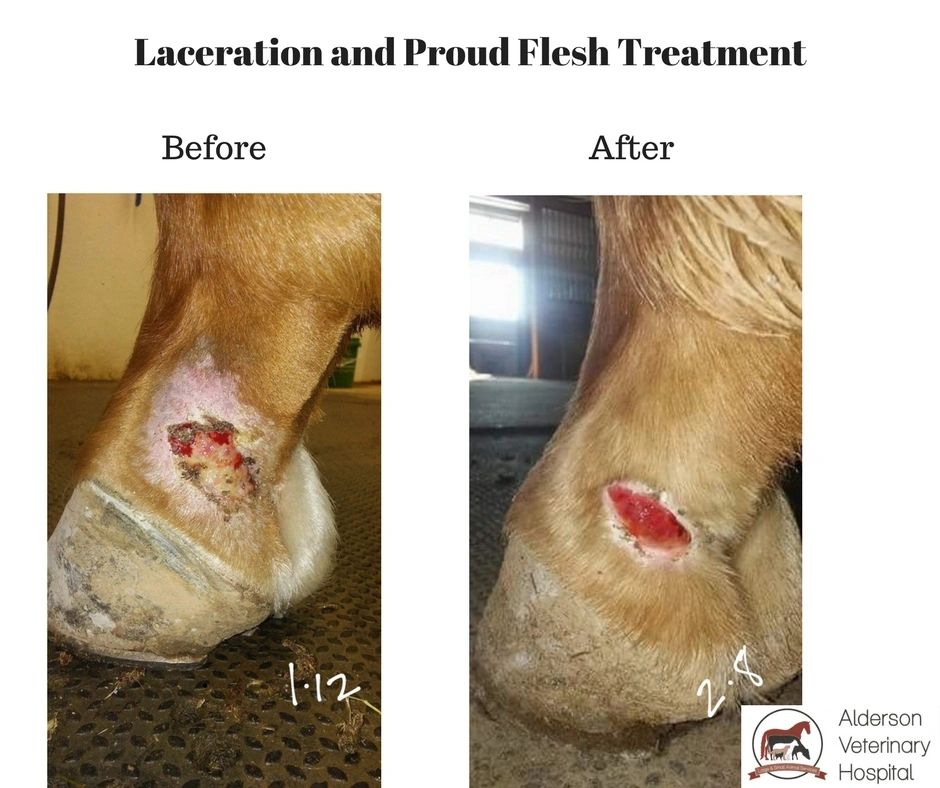Equine Therapy for Trauma Recovery: Just How Equines Help Heal Emotional Wounds
Equine Therapy for Trauma Recovery: Just How Equines Help Heal Emotional Wounds
Blog Article
Assessing the Performance of Laser Treatment in Equine Treatment for Injury Rehabilitation
The evaluation of laser treatment's efficiency in equine injury rehab rests on several elements, including healing time, discomfort mitigation, and cells regeneration. Clinical research studies suggest noteworthy improvements in conditions like tendonitis and osteoarthritis, associated to boosted mobile feature and raised ATP production. Veterinarians often observe premium results with laser therapy contrasted to conventional techniques, placing it as a critical component in equine care. The need for constant surveillance and tailored treatment strategies can not be overemphasized. What specific medical proof supports these insurance claims, and just how do veterinarians apply these protocols in technique?
Recognizing Laser Treatment
Laser therapy has actually become an essential device in vet medicine, especially in the treatment of equine conditions. Recognized for its non-invasive nature and efficiency, laser treatment includes the application of details wavelengths of light to promote tissue fixing and decrease swelling. This therapeutic technique is significantly favored for its ability to increase the healing process in horses struggling with a variety of bone and joint injuries and persistent conditions.
The main device behind laser treatment is its capability to boost mobile functions. When laser light penetrates the skin, it is absorbed by mitochondria, the giant of cells, which leads to increased manufacturing of adenosine triphosphate (ATP) This biochemical power boost facilitates cellular repair work and regeneration. Additionally, laser therapy advertises vasodilation, enhancing blood flow and oxygen distribution to damaged cells, thus speeding up recuperation.
In equine medication, laser therapy is especially helpful for problems such as tendonitis, osteo arthritis, and wound healing. The method is admired for its pain-relieving residential properties, permitting horses to regain mobility and function much more swiftly. Veterinarians additionally value its minimal negative effects contrasted to various other therapy methods, making it a trusted and secure alternative for equine care.

Just How Laser Treatment Functions

Upon absorption, these photons trigger a series of biochemical changes, enhancing mitochondrial function and leading to increased adenosine triphosphate (ATP) manufacturing. This surge in ATP speeds up cellular metabolic process, promoting cells repair work and regeneration. In addition, laser therapy modulates inflammatory feedbacks by impacting cytokine levels and minimizing oxidative stress and anxiety, therefore reducing discomfort and swelling.
Another substantial aspect of laser treatment is its role in improving microcirculation. The treatment promotes vasodilation, improving blood flow and oxygen distribution to broken tissues (Equine Therapy). This assists in the removal of cellular particles and supports the spreading of fibroblasts and collagen synthesis, essential for wound healing
Scientific Proof
The efficiency of laser treatment in equine treatment has actually been corroborated with various clinical research studies, showcasing its healing prospective throughout a variety of problems. A number of controlled tests and empirical researches have recorded significant enhancements in tissue repair work, pain decrease, and total recovery timelines. For circumstances, a research conducted by Turner et al. (2012) demonstrated that steeds treated with low-level laser treatment (LLLT) for ligament injuries exhibited increased healing compared to those obtaining traditional therapies. The study highlighted a significant decrease in swelling and enhanced collagen development.
Likewise, research by Johnson and coworkers (2015) concentrated on equine muscular tissue injuries, revealing that laser therapy considerably expedited muscle mass fiber regrowth and minimized muscular tissue tightness. These findings were affirmed by histological evaluations revealing enhanced muscle cells organization. Additionally, clinical assessments have revealed that laser therapy can alleviate persistent conditions such as osteoarthritis. check this site out A research study by Smith et al. (2018) reported that horses with osteoarthritic joints experienced significant discomfort alleviation and boosted variety of motion following a program of laser treatment sessions.
Vet Insights

Vets also value the flexibility of laser treatment. She points out that laser treatment can be tailored to the particular needs of each steed, guaranteeing optimal outcomes.
Furthermore, vets value the ability to incorporate laser therapy with other treatment methods. This multimodal method can enhance general therapy efficiency, providing an extensive service for equine rehab. Such recommendations from seasoned experts emphasize the growing approval and application More hints of laser treatment in equine medicine.
Practical Considerations
A vital element of applying laser treatment in equine treatment entails comprehending the sensible factors to consider that ensure its effectiveness and safety and security. It is vital to pick the ideal laser gadget, as different kinds vary in wavelength, power, and infiltration deepness. Vets have to be well-versed in these specifications to customize treatment protocols efficiently to each injury type
Furthermore, the regularity and period of laser treatment sessions need careful preparation to make the most of restorative advantages while decreasing any kind of prospective negative effects. Regular surveillance of the equine's reaction to therapy can guide necessary changes in the treatment regimen. Developing a risk-free and controlled atmosphere during treatments is additionally vital to protect against unintended direct exposure to laser discharges, which could harm both the horse and the trainer.
Educating and accreditation of employees carrying out laser therapy are vital to make sure proper method and to copyright safety and security criteria. In addition, maintaining precise documents of each session, consisting of laser settings and observed end results, is essential for assessing the total effectiveness of the therapy and for making data-driven decisions.
Final Thought
Laser treatment has actually become an efficient modality in equine injury rehab, using significant benefits in healing time, discomfort alleviation, and tissue healing. Medical studies emphasize substantial improvements in conditions such as tendonitis and osteo arthritis, attributed to improved cellular feature and boosted ATP production. Vet observations corroborate these searchings for, highlighting superior outcomes contrasted to typical therapies. For optimal results, continuous tracking and customized therapy methods stay important in leveraging the full potential of these details laser treatment in equine care.
Report this page